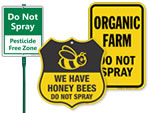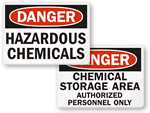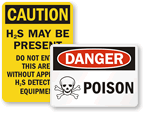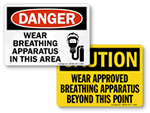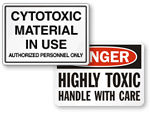A.
According to the National Pesticide Information Center, all pesticides have some level of toxicity for kids and pets, especially because of their proximity to the ground and outdoors. Pesticides are difficult to remove from essential organs like the liver and kidneys of kids. Dogs, cats, and pet birds also absorb pesticides by exposure to plants treated with pesticides. The risk depends on the type and quantity of pesticide a child or pet is exposed to.
The U.S. has 30-40 million acres of lawn, much more than occupied by corn, soybean, and wheat. EPA’s last survey shows that 88 million homeowners use pesticides on their lawns. However, there is a decline in the usage of conventional pesticide-active ingredients in homes and gardens, thanks to people recognizing the harm pesticides have done to our bodies.
Now, homeowners are moving away from the age-old mindset of maintaining neatly-manicured lawns and adopting natural techniques to control pests, including growing weeds, wildflowers, and other native plants.












